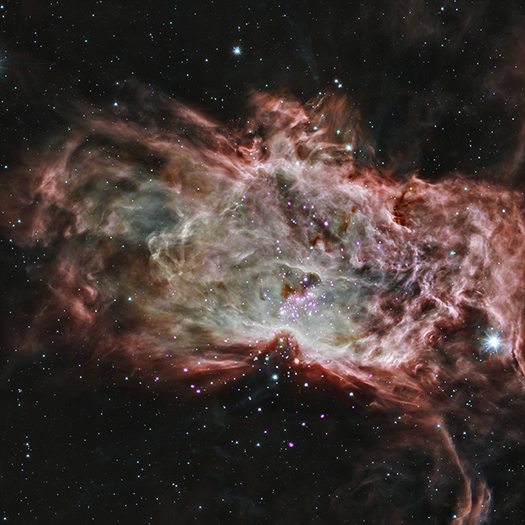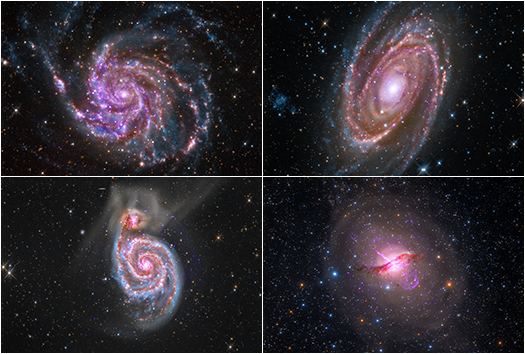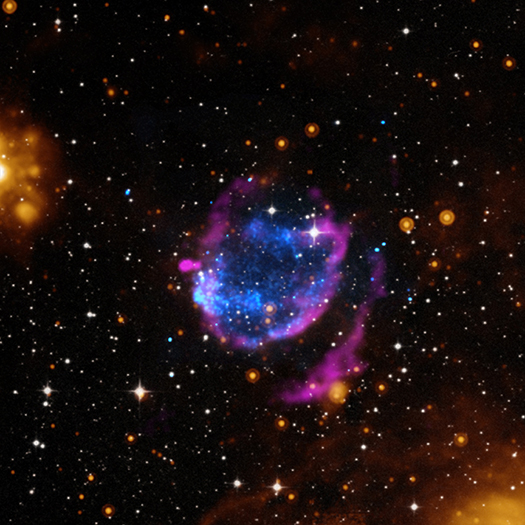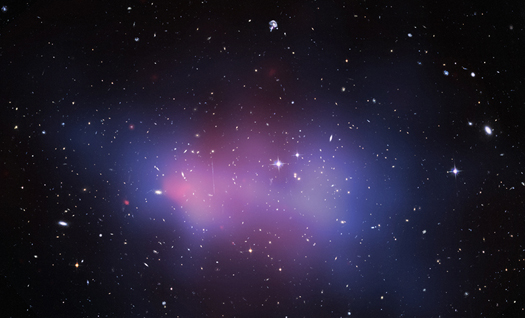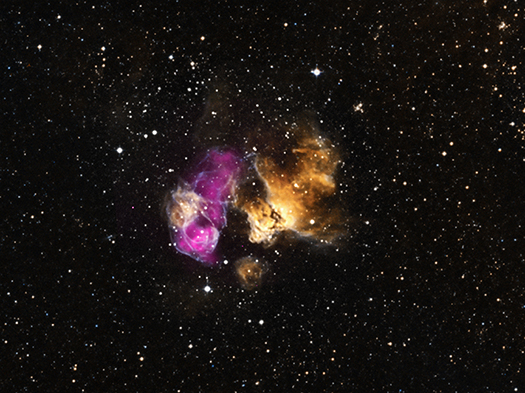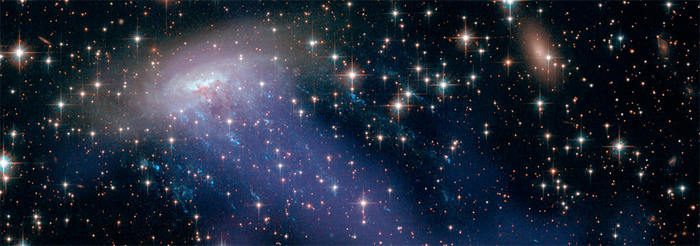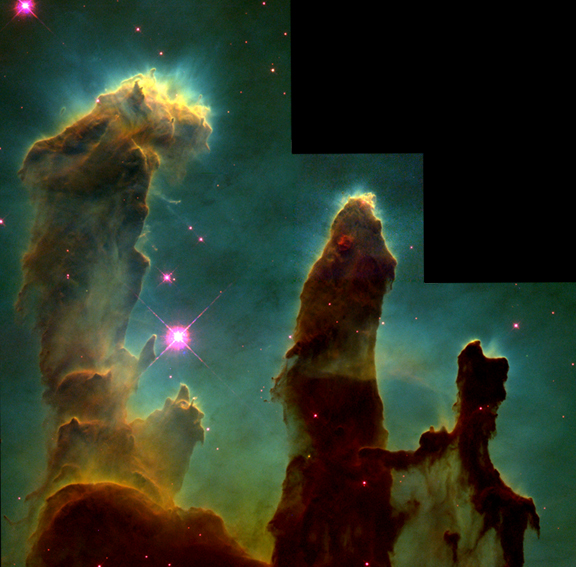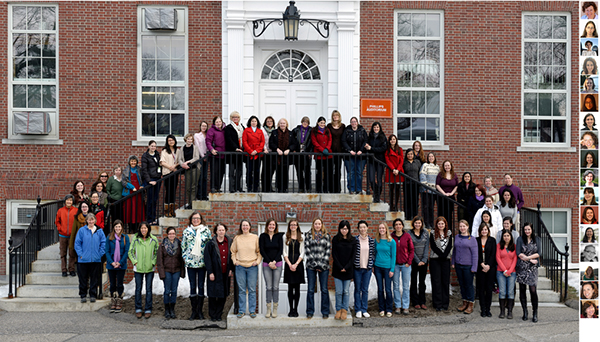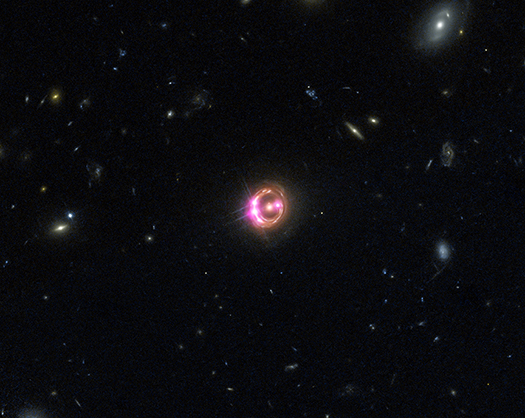NASA's Chandra Delivers New Insight into Formation of Star Clusters
Submitted by chandra on Wed, 2014-05-07 09:43Stars are often born in clusters, in giant clouds of gas and dust. Astronomers have studied two star clusters using NASA's Chandra X-ray Observatory and infrared telescopes and the results show that the simplest ideas for the birth of these clusters cannot work, as described in our latest press release.




